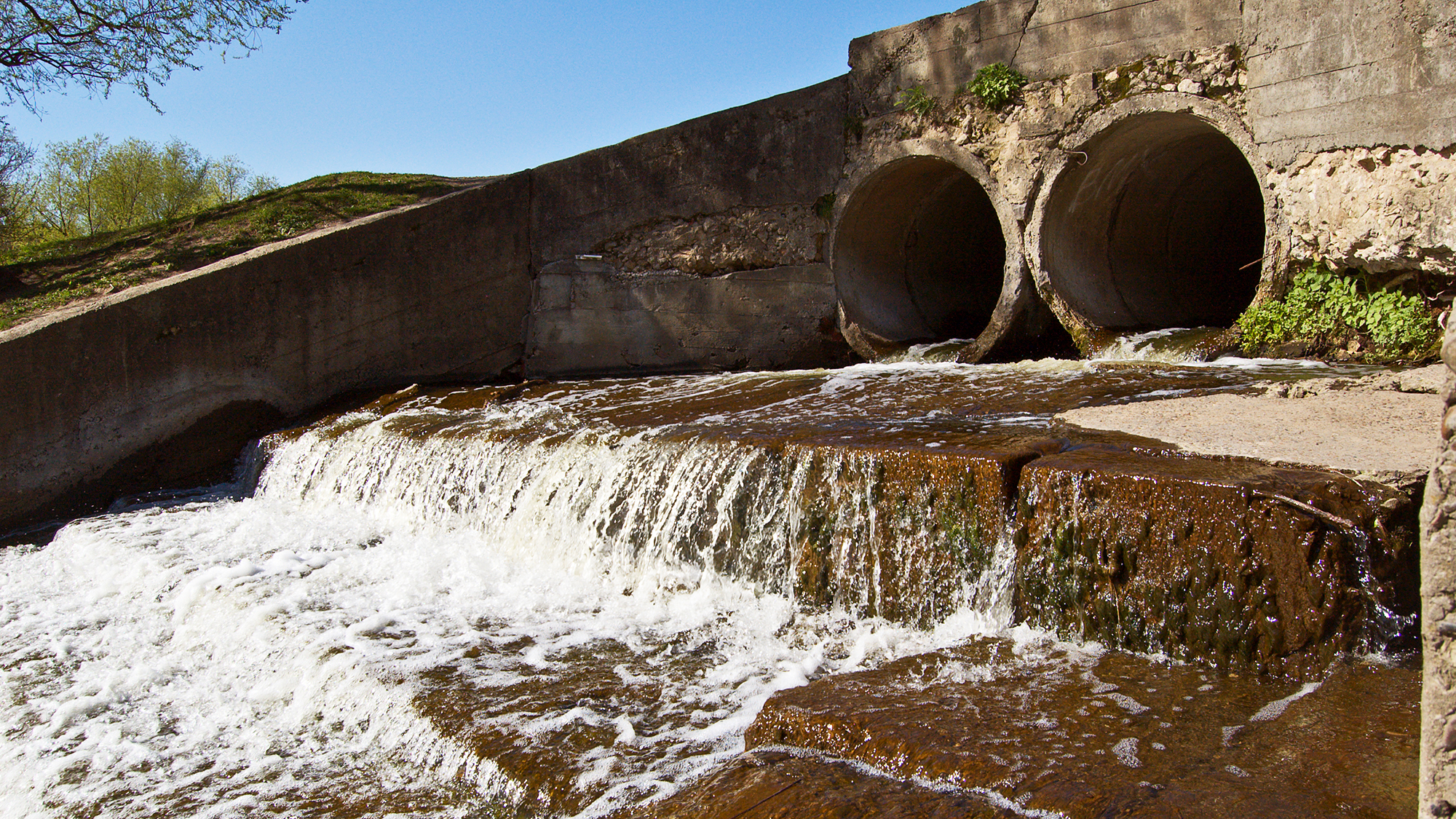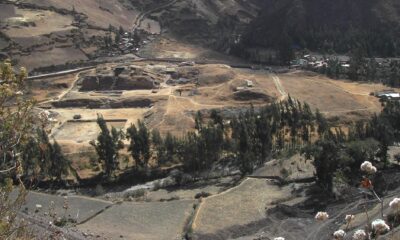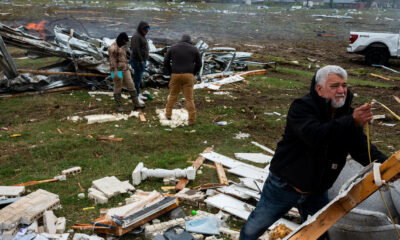Gadgets
How heavy rain can make you sick

Whenever it rains or when you flush a toilet, the water produced must find a place to go. The path it follows can have downstream effects on public health. Research shows that aging pipes and wastewater systems, combined with more frequent heavy rain events due to climate change, can increase the risk of illness.
Many cities on the East Coast and in the Midwest use outdated wastewater systems known as combined sewer systems, where sewage mixes with run-off before going to treatment. During heavy rains, the volume of run-off entering these systems can overwhelm their capacity, leading to untreated sewage overflowing into waterways like the Hudson River in New York City.
These combined sewer overflow (CSO) events not only pose environmental risks but also public health risks. Studies have shown a significant increase in emergency room visits for gastrointestinal illness following large CSO events in various regions. This includes areas along the Merrimack River in northern Massachusetts, Atlanta, Georgia, and Cincinnati, Ohio.
Despite common misconceptions, waterborne diseases are a concern in the U.S. and other wealthy countries. People may be at risk of becoming ill after exposure to contaminated water following heavy rainfall and CSO events.
How water can make us sick
The exact mechanism of how people contract waterborne illnesses after CSO events is not fully understood. However, researchers suggest that direct contact with contaminated surface water during recreational activities like swimming or boating could be a route of transmission. Drinking water from treatment plants is generally safe, but in some cases, pathogens may still seep in due to damaged pipes or soil saturation.
Even if water meets safety thresholds, large CSO events can lead to increased contamination levels, posing a higher risk of illness for vulnerable populations. It is important to be aware of the potential health risks associated with water contamination during extreme weather events.
The most recent study in Massachusetts did not find a significant population-level difference in GI illness case numbers based on drinking-water sources, according to Jagai. However, the data does not completely rule it out as a contributing factor.
Several other studies have suggested that drinking water can be a source of illness in certain situations. For example, research from almost two decades ago linked children in zip codes relying on Lake Michigan for drinking water to higher rates of hospital visits for diarrheal illness following a sewage overflow into the lake. In Canada, studies estimate that hundreds of thousands of cases of acute GI disease are caused by contaminated drinking water annually. A U.S. study published by the Centers for Disease Control and Prevention in 2023 also found a significant number of waterborne illness cases linked to drinking water.
Despite these findings, experts like Levy advise against completely avoiding tap water or switching to bottled water. While combined sewer overflows (CSOs) are a concern, water utilities monitor and measure microbial conditions in the water to ensure its safety. It’s important to follow water alerts and guidance in your area, especially after heavy rainfall events, and take extra precautions if you are at a higher risk of infection.
For those relying on private well water, Murphy suggests timing water testing after heavy rainstorms to check for microbial contamination. Additionally, it’s crucial to take water contamination seriously, especially when recreating in potentially polluted water, and always wash your hands after contact.
Addressing the issue of CSOs and water contamination requires a larger, systemic approach as cities struggle with inadequate infrastructure and increasing precipitation due to climate change. While some cities have invested in wastewater treatment capacity, the cost is prohibitive for many municipalities without federal support. More capital investment and federal policy supporting infrastructure development are needed to address these challenges.
Despite the risks associated with water contamination, everyone should have access to safe natural spaces. Spending time in nature has numerous health benefits, but it’s essential to be aware of the potential risks and work towards solutions that ensure the safety of public natural areas. Could you please provide a different version?
-

 Destination8 months ago
Destination8 months agoSingapore Airlines CEO set to join board of Air India, BA News, BA
-

 Breaking News10 months ago
Breaking News10 months agoCroatia to reintroduce compulsory military draft as regional tensions soar
-

 Gadgets3 months ago
Gadgets3 months agoSupernatural Season 16 Revival News, Cast, Plot and Release Date
-

 Tech News12 months ago
Tech News12 months agoBangladeshi police agents accused of selling citizens’ personal information on Telegram
-

 Productivity11 months ago
Productivity11 months agoHow Your Contact Center Can Become A Customer Engagement Center
-

 Gadgets3 weeks ago
Gadgets3 weeks agoFallout Season 2 Potential Release Date, Cast, Plot and News
-

 Breaking News10 months ago
Breaking News10 months agoBangladesh crisis: Refaat Ahmed sworn in as Bangladesh’s new chief justice
-

 Toys12 months ago
Toys12 months ago15 of the Best Trike & Tricycles Mums Recommend























